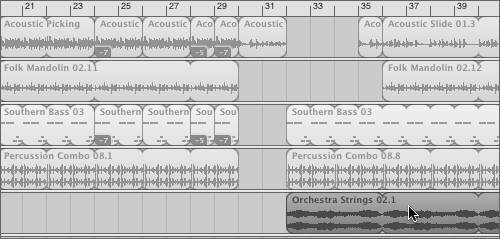
You should also note that the amp models in GarageBand 10 provide a simulated preamp/power amp combo, meaning you'll have a gain knob on the amp and a master output (more on that later). This means you'll need to back off the signal you're sending into GarageBand from your electric guitar and/or pedalboard. If you're too loud in GarageBand, you'll see the red clipping indicator in the top right corner where the master volume is located.
#Garageband how to record a track how to
How to change the tempo in GarageBand By the way, if you want to speed up a track in GarageBand, you can change the BPM by changing the tempo near the command buttons (Play and Record). Another is to record the loop using one of GarageBand’s software instruments the keyboard, or the new drum machine, for example. This is something I have to watch with my compressor and EQ pedals, since they both have the ability to boost my signal. To know how many bars a portion of your track (or an entire track) lasts, just have a look at the line above all the tracks, which indicates the number of bars. One is to drag in an existing loop, or audio track. This means that the pedalboard is in a kind of preamp role, with the potential to send enough gain into GarageBand to create unwanted noise or even distortion. With your pedalboard going directly into the USB interface, and ultimately GarageBand, you'll need to treat GarageBand as your final power amp. Includes a number of virtual instruments and effects to allow users to compose music in a variety of contemporary styles. This dorsnt copy the audio but will duplicate automation plugins eq ect. In Garageband you can also duplicate the track config by left clicking on source track and choosing Duplicate track with same settings.
#Garageband how to record a track for mac os x



 0 kommentar(er)
0 kommentar(er)
